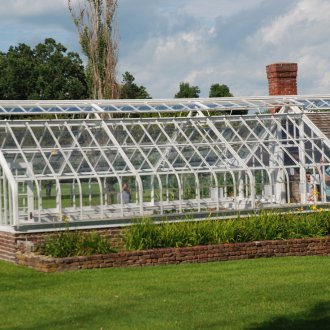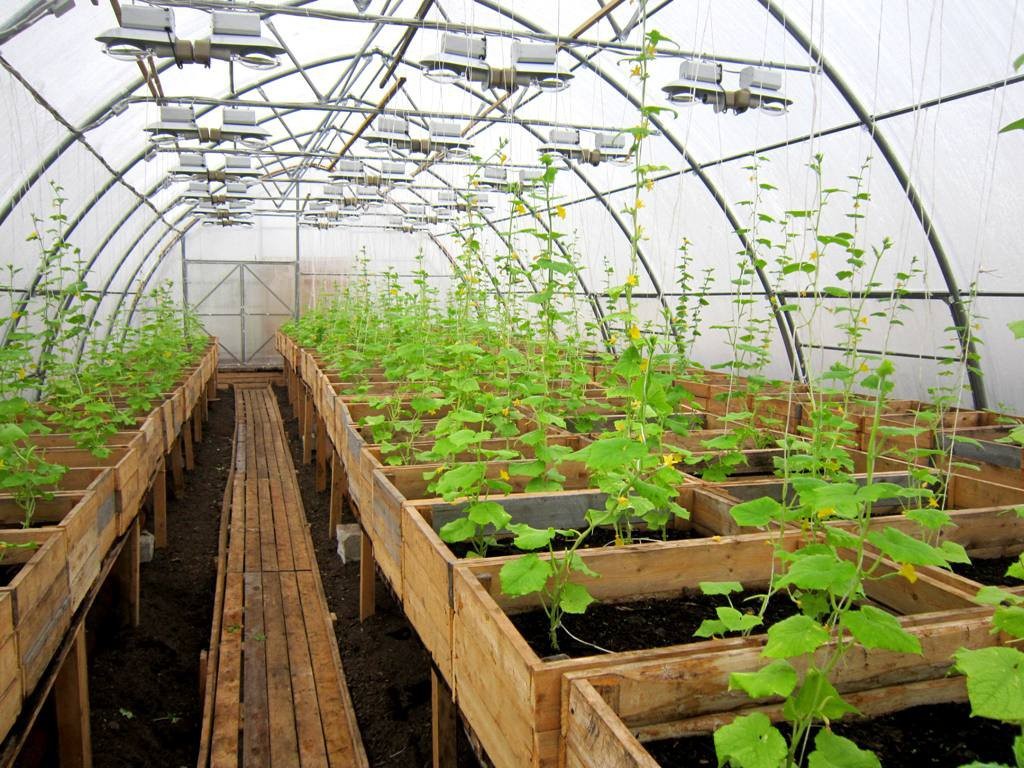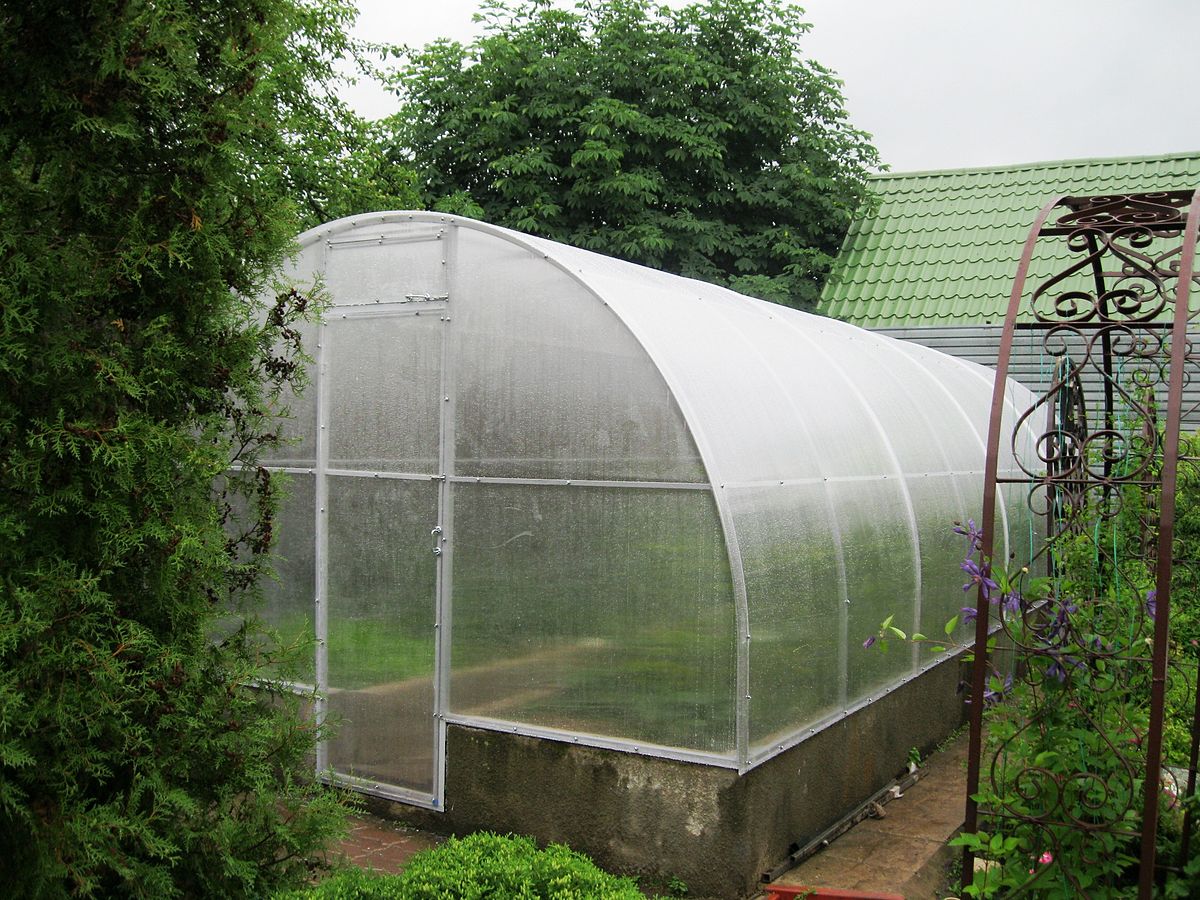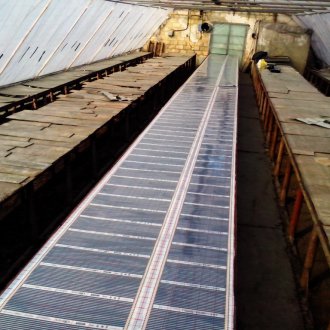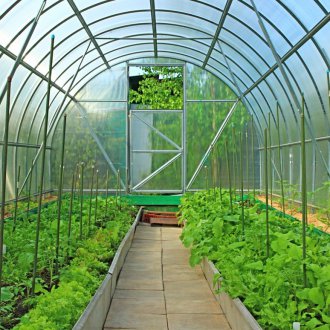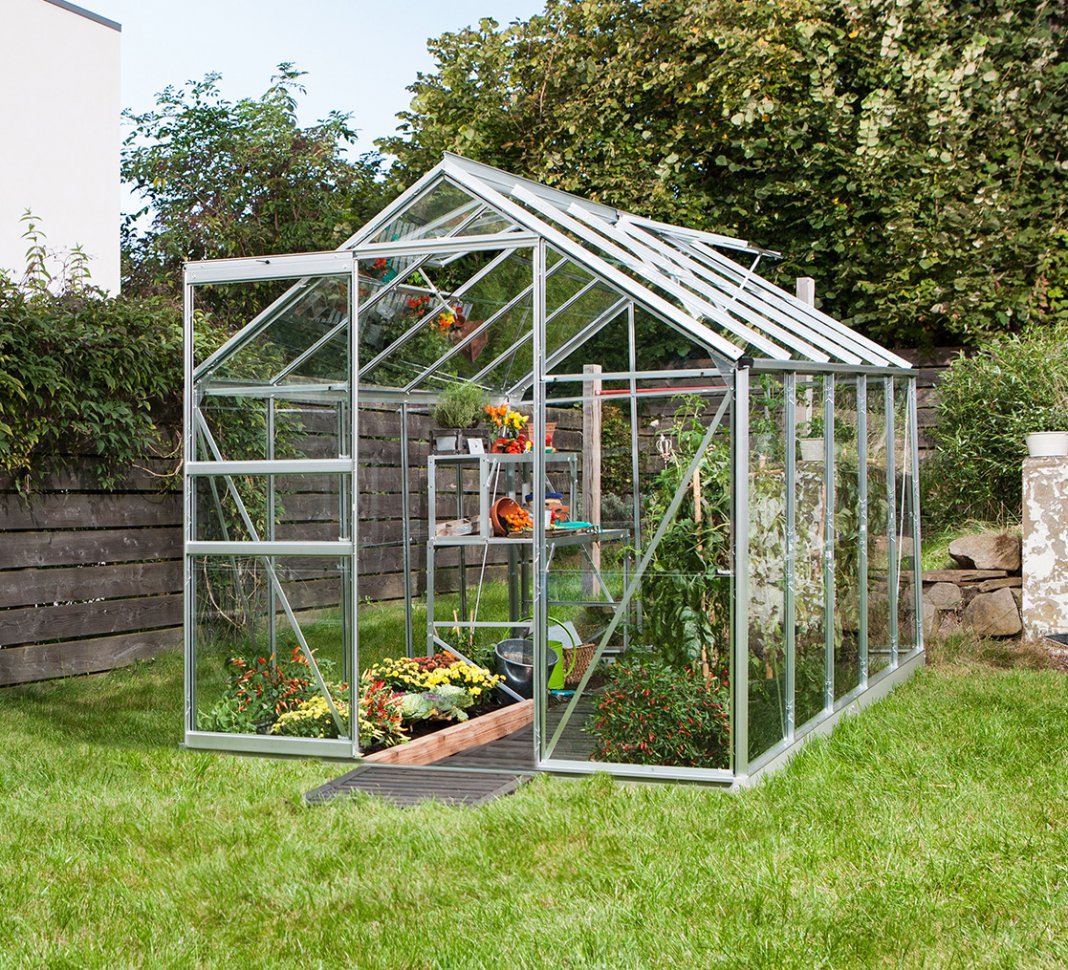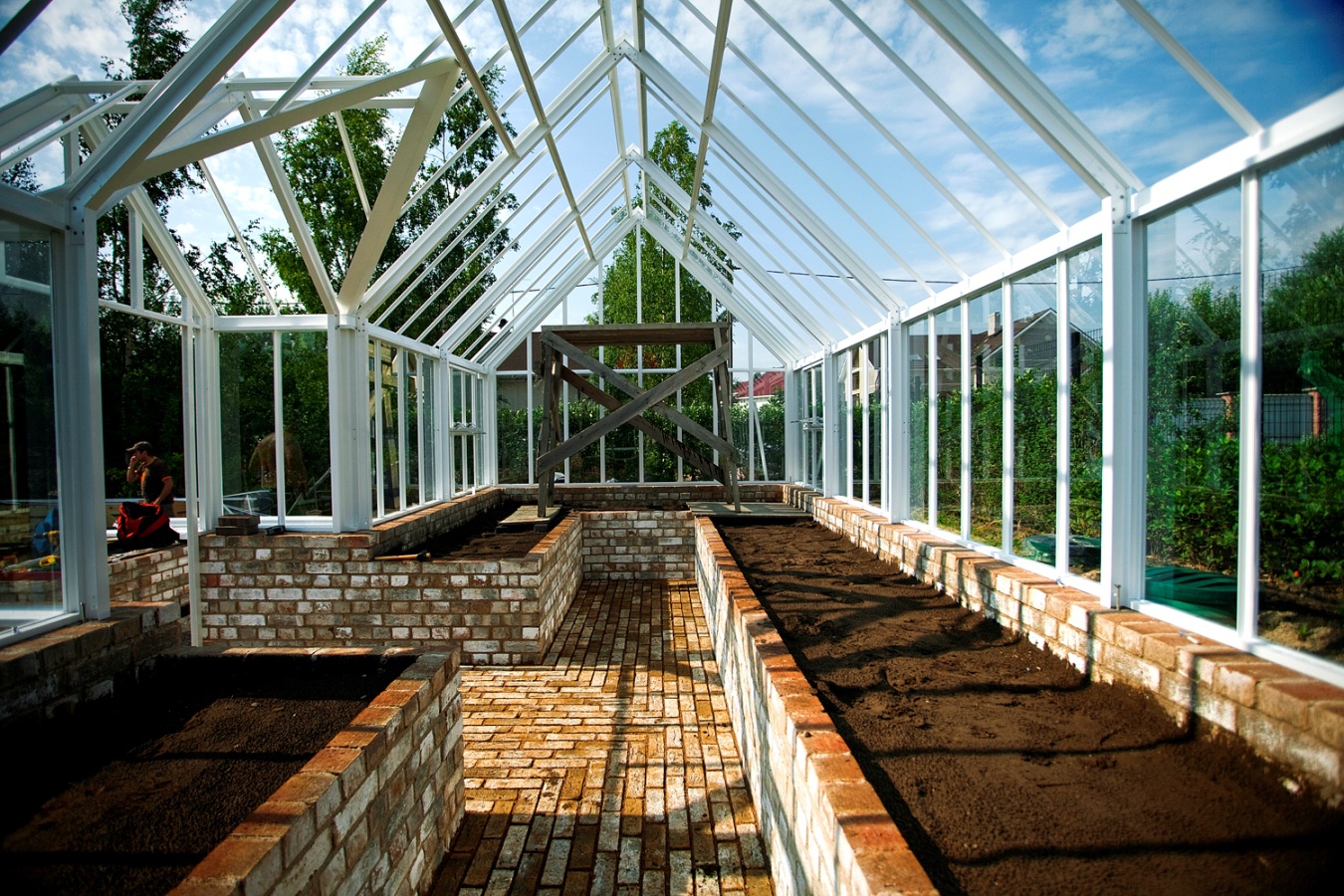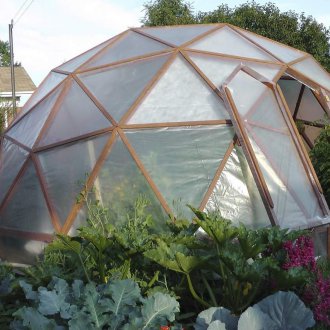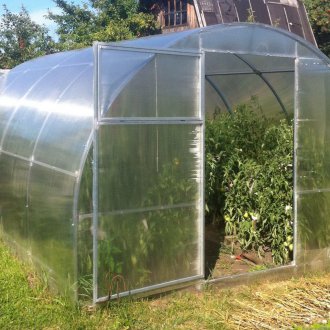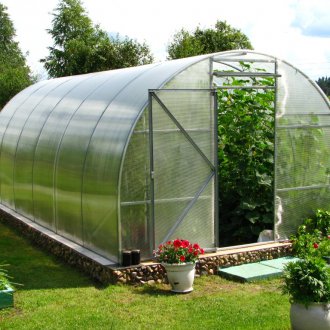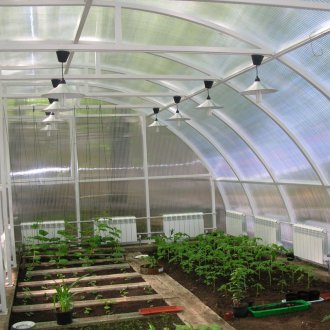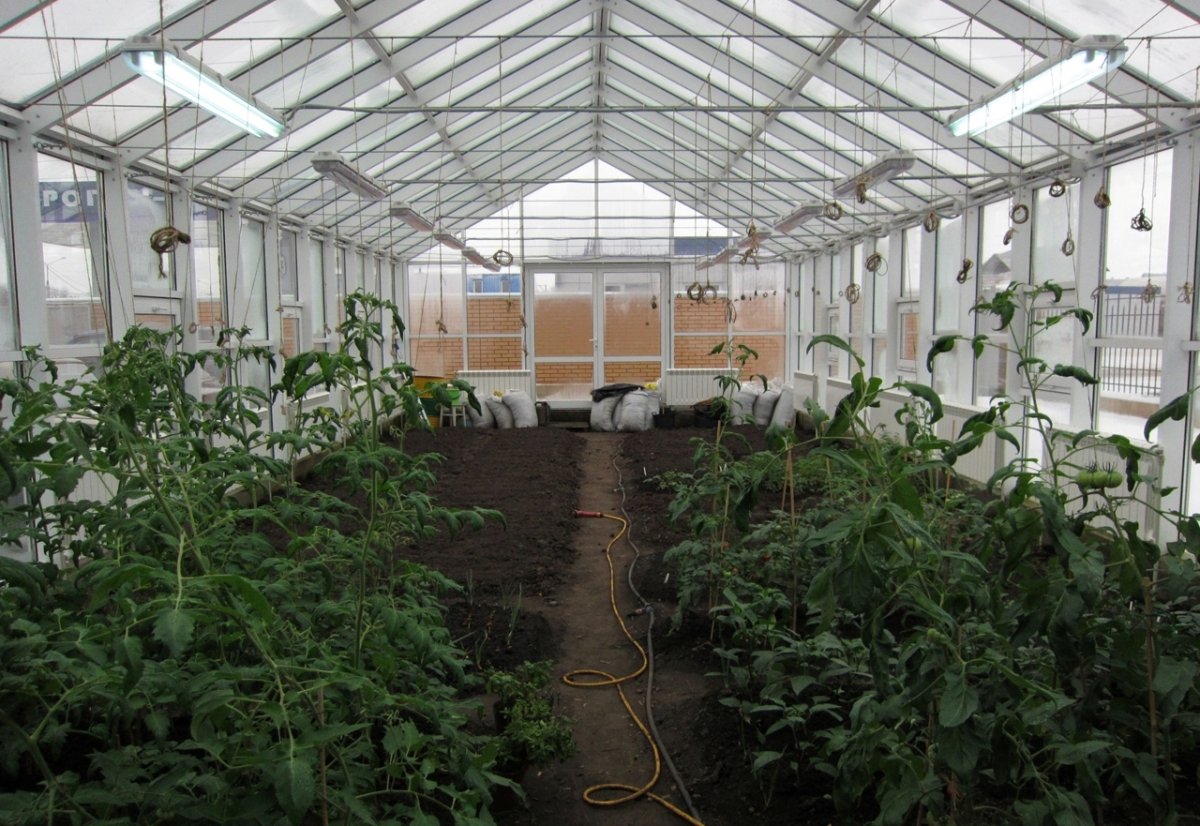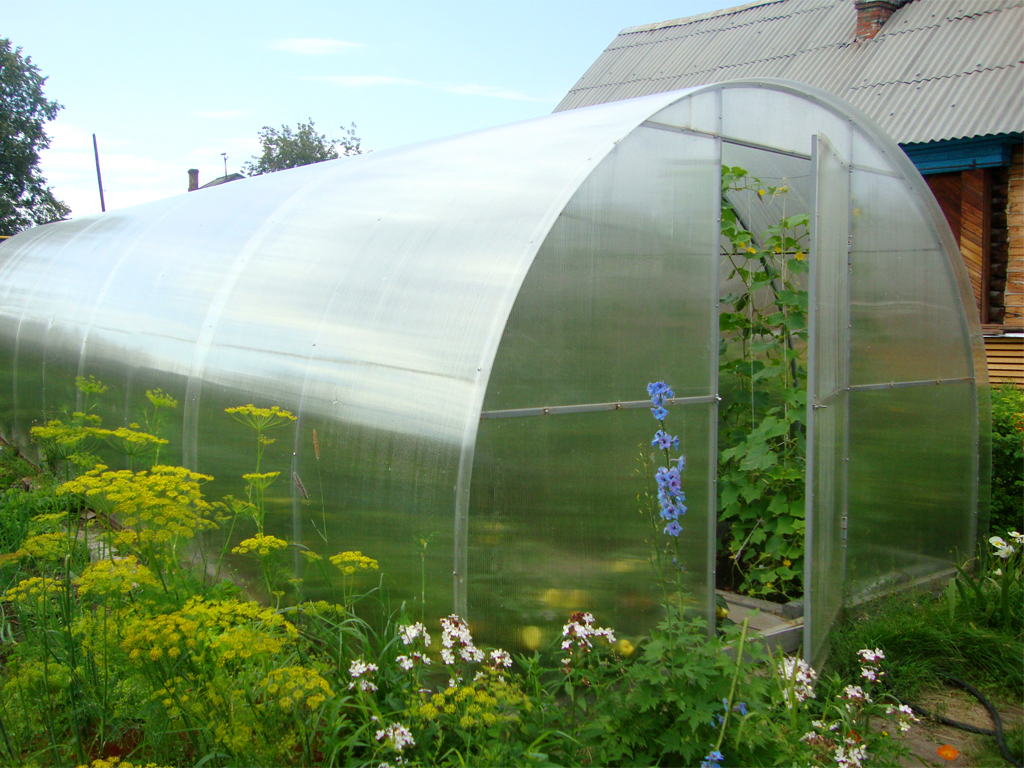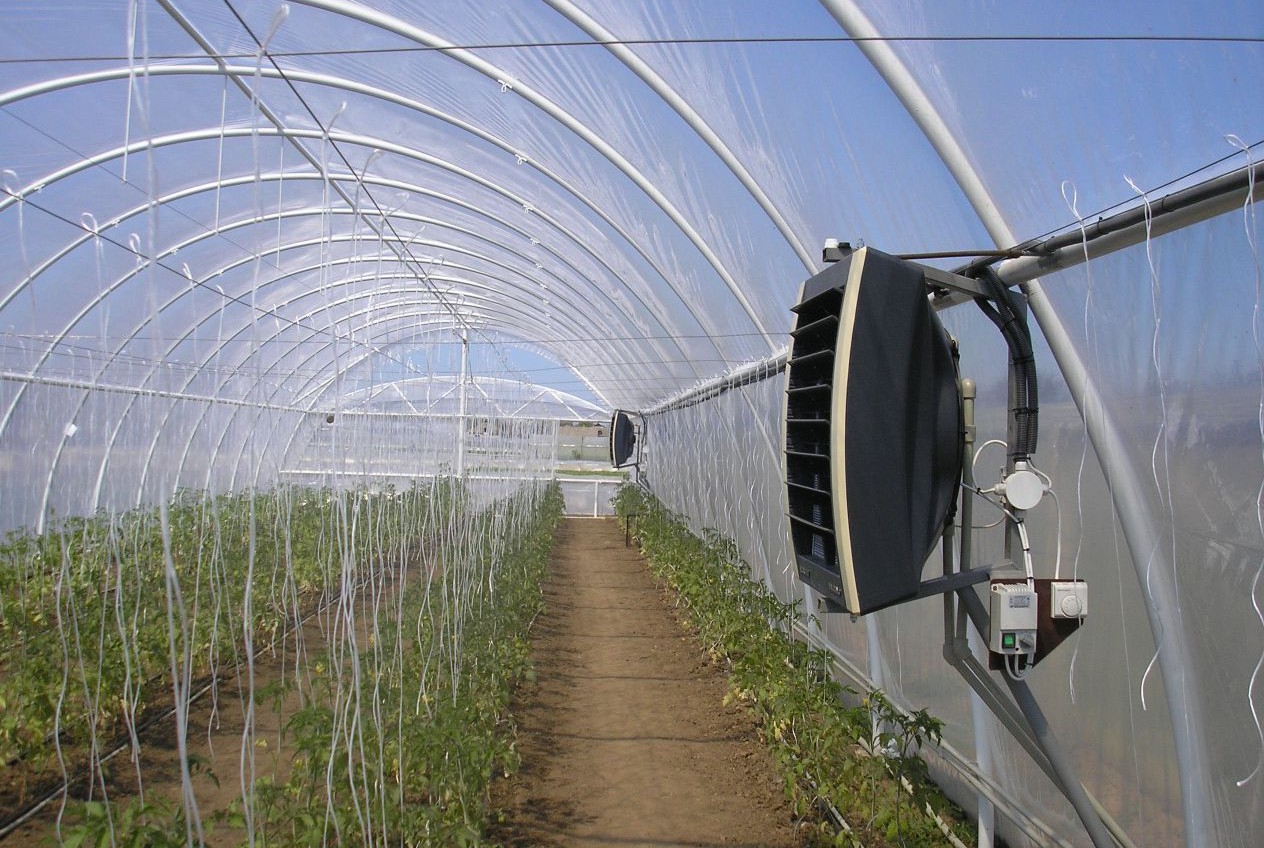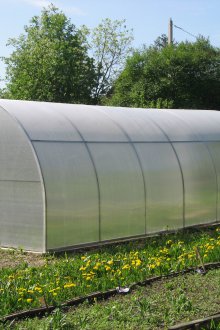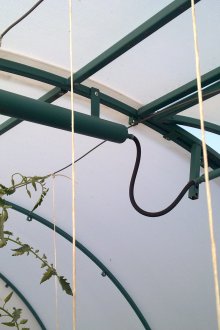Greenhouse heating: important parameters (20 photos)
Content
There are a large number of options for heating the greenhouse, each of which has its own advantages and disadvantages, and also fits differently into the interior of the room.
Existing types of greenhouse heating and factors affecting choice
Thinking about how to make a greenhouse heating with your own hands, and choosing one of the existing options, they are guided by such factors:
- area of the room to be heated;
- which of the existing methods is applicable in the location of the greenhouse;
- how costly is the organization of the chosen method and whether it is acceptable for you - the heating system should not only be economical in terms of the necessary materials, but also not be costly when using resources for its launch and operation;
- optimal methods of heating greenhouses provide heat transfer upward from the surface of the earth;
- heating design should provide convenience in its operation - if possible, equip automatic systems for switching, as well as adjust the intensity of the modes;
- in terms of appearance and how important the moment is to you, how the system fits into the interior of the structure.
Depending on the methods of heating, they can be classified as follows:
- biological, based on natural processes occurring in the remains of food processing by animals;
- natural (solar heating of greenhouses) is based on obtaining heat for the greenhouse from the energy of the sun;
- technical is based on the use of technical means, the supply of various communications (heating the greenhouse with gas, the use of electricity) or the installation of the system using its own fuel (coal, firewood, etc.).
Biological method
This method of heating the greenhouse has existed for a very long time and its main advantages are high efficiency along with low organization costs, as well as the fact that it practically does not affect the internal appearance of the greenhouse and does not take up additional space. The method is based on the ongoing process of decay of food processing residues that produce a certain amount of heat, sometimes even providing sufficient heating of the greenhouse in winter. The process of organizing such a heating method consists in placing manure in the greenhouse or in the greenhouse (horse is most often used for this purpose), which is located among the beds.
Manure is laid out in advance in the soil (about a week before use), then placed in prepared places with a dense layer of 40-60 cm, if necessary, updating it every two to three months. From above, the so-called "fuel layer" is densely covered with earth and rammed.
The disadvantages of this method is the sufficient complexity, also associated with a specific smell of a heat source, in addition, the intensity of the heating cannot be controlled - you can reduce the temperature by periodic ventilation, and if necessary, you will need to use an additional heat source to increase the heating.
Natural heating of the greenhouse (solar)
Natural heating is often used either separately or in combination with others, equipping a polycarbonate greenhouse with its own hands (the most popular material used to cover greenhouses and special structures to create a microclimate).The essence of such heating is to create a greenhouse effect, which is generated from the rays of the sun passing through the covering materials of the greenhouse, which fall on the soil and warm it.
The advantages of this method are high profitability, good appearance, unburdened by unnecessary designs. Of the shortcomings, it is worth noting that it is suitable either for the more southern regions, or for those who are thinking about how to heat the greenhouse in the spring - in winter this method does not always provide a sufficient temperature level.
Technical methods
Technical methods of heating allow you to organize the heating of the greenhouse with your own hands in such a way that the cultivation of various crops in them can be done all year round. Consider the most common heating methods related to this method, the best arrangement projects of which are widely available and, if you have certain skills, can be equipped with your own hands.
Cable heating
Heating a greenhouse with a heating cable is considered effective, but it refers to quite expensive methods. Its essence is as follows:
- the bottom of the greenhouse is carefully leveled;
- reinforced mesh is laid on the bottom, onto which sand is poured;
- lay a special cable over the entire area of future beds, sprinkle sand on top;
- they must be covered with a net from above so that the heating system is not damaged when digging the soil;
- a layer of fertile land is poured onto the grid.
Cable heating of the soil in the greenhouse does not take up extra space and allows you to use existing soil to the maximum and usefulness. Special devices allow you to fully automate the process by turning on and off the heating element itself at given temperatures.
Infrared heating
Infrared lamps for heating greenhouses have recently been widely used as a good way to maintain the required temperature, which also provides a pleasant atmosphere and an attractive look indoors.
Infrared heating of greenhouses is an excellent solution for those who are wondering how to heat a polycarbonate greenhouse in spring if there is not enough solar energy, and has the following advantages:
- It is economical - allows you to heat the room with minimal cost;
- when it is used, sudden changes are eliminated - a soft greenhouse microclimate is created. Infrared devices heat the surface of the structure (soil in greenhouses, walls), which give off gradually received heat to plants;
- can be mounted in heated rooms, depending on the desire on the ceiling or on the walls;
- control over the operation of heaters is automatic.
Air heating
Air heating of the greenhouse consists in the installation of special devices (heat gun, air heater) with heating elements and fans in their design. This method is one of the most popular due to the presence of such advantages:
- Additionally, in the process of its work, it provides air circulation in the greenhouse;
- due to their compactness, heaters can be moved and installed in any necessary place;
- appliances fit well into the interior of the room that needs to be heated;
- ensures the absence of moisture condensation.
The disadvantages of this method are the following points:
- air heating cannot provide sufficient soil heating in the greenhouse;
- when devices are located close to plants, leaves can be dried.
Hot water system heating
This method consists in installing a furnace for heating the greenhouse, equipped with a pipe system. With their proper location, it is possible to supplement the interior of the room by decorating the stove with additional decorative elements.As a source of heat, solid fuels are mainly used: firewood, peat or coal. In addition, if the greenhouse is located close to the house or adjoins it, then it is quite possible to use a home boiler for heating by drawing pipes from it. Of the advantages, it is worth noting the low cost of fuel for the furnace, of the disadvantages - low reliability when reaching and adjusting the required temperature regime.
Gas use for heating
Gas heating of the greenhouse can consist in the use of special gas burners or heaters that generate heat when the fuel is burned. The disadvantage of their use is the high fire hazard of this method, the ugliness of the room equipped with heaters of this type, the lack of heating of the soil, low oxygen levels due to the presence of an open source of fire. At the same time, their equipment does not require much effort, which sometimes attracts the owners of greenhouses.
You can also use gas in heating using an installed gas boiler (stove) with a pipe system, but this method is considered very expensive, although it is suitable for settlements with a rather harsh climate - even a winter greenhouse will receive a sufficient level of heat.
Simple heating methods
In the event that the heating system is not equipped for growing crops in your greenhouse or other construction, and, for example, a sharp deterioration in weather conditions is expected (freezing at night, cooling), it is quite possible to use fast heating methods:
- with the help of kerosene lamps. In this case, they install kerosene between the rows of plants and place metal plates on them, which, when heated, will transfer heat to the air;
- using candles. This method is suitable only for small-area structures and can be used for a short time - such a heat source shines very little time;
- using bottles of warm water. Filled bottles are laid out around the perimeter of the structure, between the rows and maintain a very comfortable temperature inside.
Thinking about how to heat a greenhouse, you can choose the most suitable way for heating it from among many existing options. Having settled on any of the options, study in detail the principle of operation, as well as the subtleties of installation and installation, and then a comfortable temperature will always be maintained in your building, providing a favorable climate and a good harvest.
